Giving Green’s green steel and green aluminum proposals win MSA Innovation Challenge 2023
We are thrilled to announce that two of Giving Green’s proposals aimed at incentivizing the development of green steel and green aluminum won the first phase of a new innovation challenge.
Our proposals were among the 39 entries that won Phase I of the inaugural Market Shaping Accelerator Innovation Challenge 2023 at the University of Chicago. The winning proposals, selected from a total of 186 submissions, will receive prizes of $4,000 each.
The Market Shaping Accelerator (MSA) at University of Chicago was set up to explore market-shaping mechanisms that could spur innovation to solve global challenges. Specifically, the accelerator’s inaugural innovation challenge will award up to $2 million in total prizes for ideas that use “pull mechanisms” to spark innovation in climate change, as well as biosecurity and pandemic preparedness.
What is a pull mechanism?
Pull mechanisms are policy tools that encourage private sectors to invest in research and development for particular areas and bring those solutions to market. Unlike push mechanisms, which operate on a supply-driven approach by providing funding to stimulate innovation, pull mechanisms adopt a demand-driven approach and incentivize successful solutions.
“These mechanisms ‘pull’ innovation by creating a demand for a specific product or service, which drives private sector investment and efforts towards developing and delivering that product or technological solution,” according to the accelerator.
What is an advance market commitment?
One example of a pull mechanism is an advance market commitment (AMC).
Under an AMC, a purchaser commits to buying a product or service at a specified price and quantity once it becomes available. This commitment creates an “advance market” for the product, enticing innovators to invest in research and development to meet the demand.
Giving Green is no stranger to AMCs. One of our top recommendations for businesses is Frontier, an advance market commitment that supports and accelerates the development and deployment of carbon removal technologies. Our evaluation of Frontier’s advance market commitment model found that it provides an accessible, anticipatory investment toward enabling future net-zero pledges by supporting the growth and development of a carbon removal market. It is one of Giving Green’s catalytic carbon removal investment recommendations for businesses.
Why focus on heavy industry decarbonization?
Heavy industries—such as steel, cement, fertilizers, and aluminum—are fundamental to modern society. They are also substantial contributors to climate change, accounting for one-third of global greenhouse gas emissions.
The industrial sector is among the most difficult to decarbonize, while the demand for industrial products will only increase. There are no known substitutes for many of the sector’s products, so it is imperative that the emissions intensity of production substantially decrease as quickly as possible.
In other words, the market for heavy industry products is large and is getting larger. To meet climate goals, we need to pave the way for market conditions to eventually favor green industrial products.
Green aluminum
The first of Giving Giving’s two entries looks at addressing market failures in green aluminum.
It is estimated that the aluminum industry generated about 1.1 billion tons of CO2e emissions in 2018, and demand is projected to increase 80% by 2050. The bulk of the emissions from aluminum production come from refining, anode production, and smelting. Full decarbonization will require a suite of technological interventions—such as green hydrogen, inert anodes, mechanical vapor recompression, as well as carbon capture, utilization, and storage (CCUS)—but the majority of emissions can be reduced through switching to fossil-free electricity.
At present, the takeup of greener alternatives is largely voluntary given the “green premium” associated with these products. In the absence of mandates or regulations, industries are unlikely to assume the costs needed to substantially reduce emissions. This is a market failure that we believe pull mechanisms could help address.
We see the transportation industry as a strong candidate to support this pull mechanism because of its outsized influence over the aluminum market. As the transportation industry begins to seriously account for its Scope 3 emissions, it will have a vested interest in reducing the emissions tied to aluminum production. In addition, the energy transition is projected to increase aluminum demand for various applications. For example, the Aluminium Association, an industry body, estimated that by 2026 the aluminum required for a single vehicle will increase by 12% to accommodate hybrid and EV designs. It is our impression that a large purchase commitment from even just a few companies in the automobile or aviation sector could substantially catalyze green aluminum.
Low-carbon steel
Our second entry considers market-based opportunities to accelerate the uptake of green steel.
Steelmaking is highly pollution-intensive, producing, on average, 1.85 tons of CO2 for each ton of steel produced. And similar to the rising demand for aluminum, demand for steel is expected to rise by 30% by 2050.
Creating green steel is technologically possible; the main challenge is making it commercially viable. While refinements in the technology are still required before scaling up the production of green steel, the primary barrier to widespread adoption is costs.
In the commodity market, commercial purchasers have no incentives to purchase a greener steel product at a premium price. This creates a vicious cycle that does not encourage researchers and firms to invest in creating cleaner technology. We believe a pull mechanism can help to correct this market failure, and it is our impression that setting up an advance market commitment in the steel industry is particularly attractive compared to other sectors for several reasons.
Firstly, the steel industry is a major contributor to global emissions, making it a high-impact target for decarbonization. Secondly, unlike the electricity and transport sectors where green alternatives are relatively cost competitive, the green premium associated with cleaner steel production is in more need of interventions like an AMC to catalyze the market.
Moreover, decarbonizing steel through an AMC could yield positive spillover effects for tackling other climate challenges. Experts have found that green steel production could spur the growth of a green hydrogen industry. This symbiotic relationship would see the steel industry becoming a significant consumer and early adopter of hydrogen generated from 100% renewable sources. The development of the green hydrogen industry could then accelerate the decarbonization efforts in other sectors, such as agriculture—via the use of low-carbon fertilizers like green ammonia produced using green hydrogen—and international shipping—by switching from traditional shipping fuels to hydrogen-derived fuels like ammonia or methanol.
Phase II of the MSA Innovation Challenge 2023
As we look ahead, a subset of the 39 winners from Phase I of the challenge will advance to the second phase, where the accelerator will support the teams to develop detailed proposals and turn their ideas into fully worked up contracts.
We congratulate team members Dr. Lucia Simonelli, Jack Rafferty and Dr. Dan Stein who led the winning proposals. We look forward to updating Giving Green’s supporters on the next steps of this challenge.
Support Our Work
Giving Green Fund
One fund. Global impact. One hundred percent of your gift supports a portfolio of high-impact climate organizations, vetted by our research.
Best for:
Donors who want the simplest way to impact multiple climate solutions.
Top Climate Nonprofits
Meet the organizations on Giving Green’s list of high-impact nonprofits working to decarbonize our future, identified through our rigorous research.
Best for:
Donors who want to give directly and independently.
Support Our Work
We thoroughly research climate initiatives so you can give with confidence. For every $1 we receive, our work unlocks another $21 for effective climate solutions.
Best for:
Donors who want to amplify their impact through research.
.png)


.png)









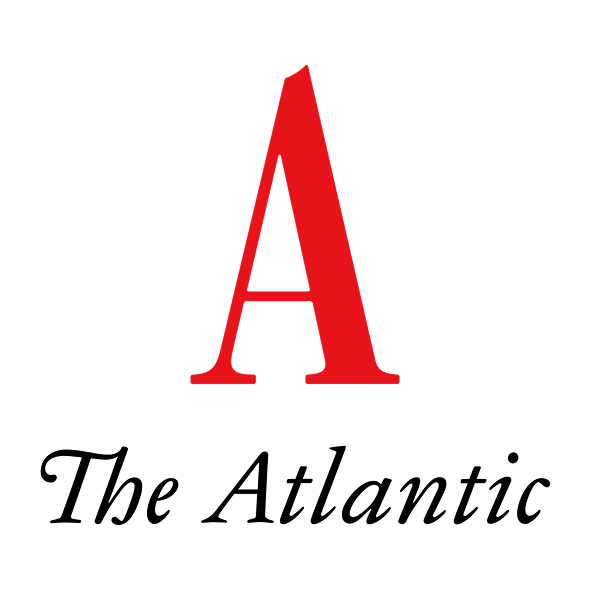





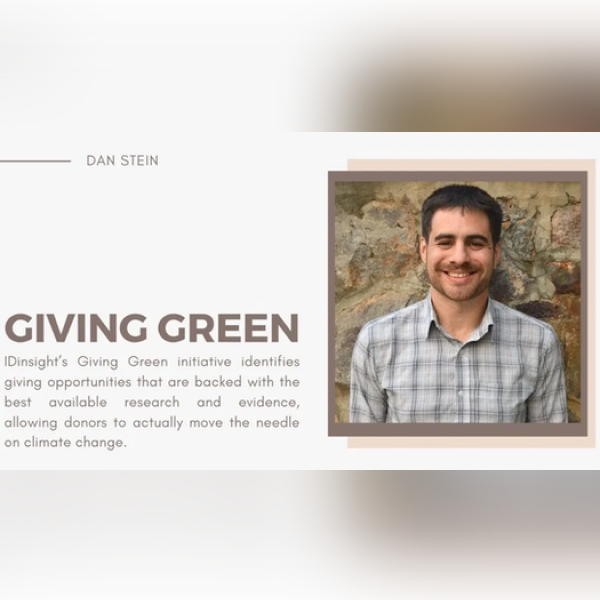







.png)

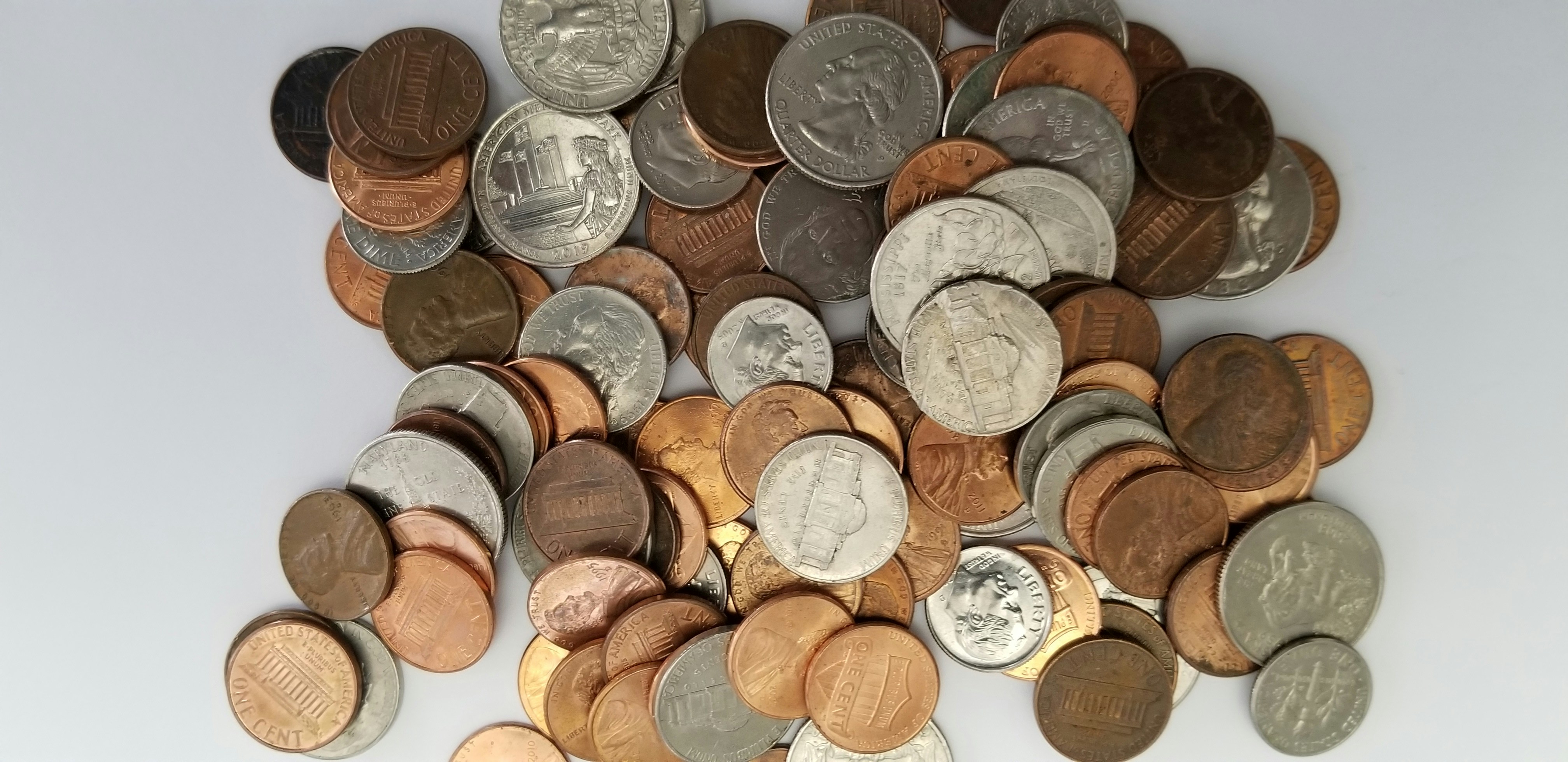
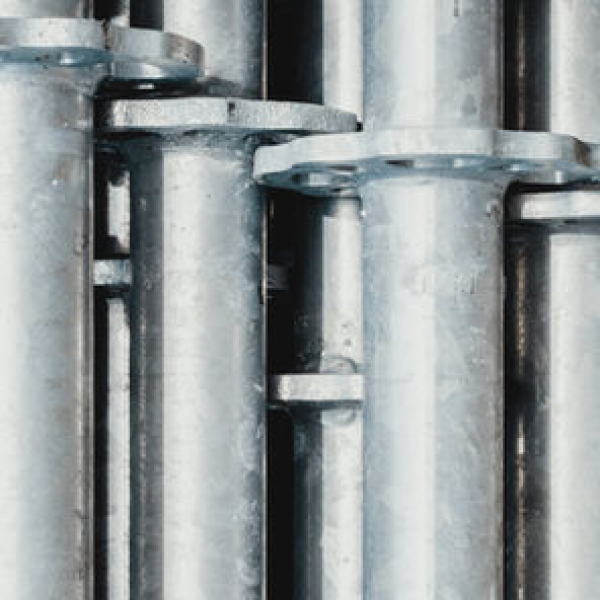





.png)



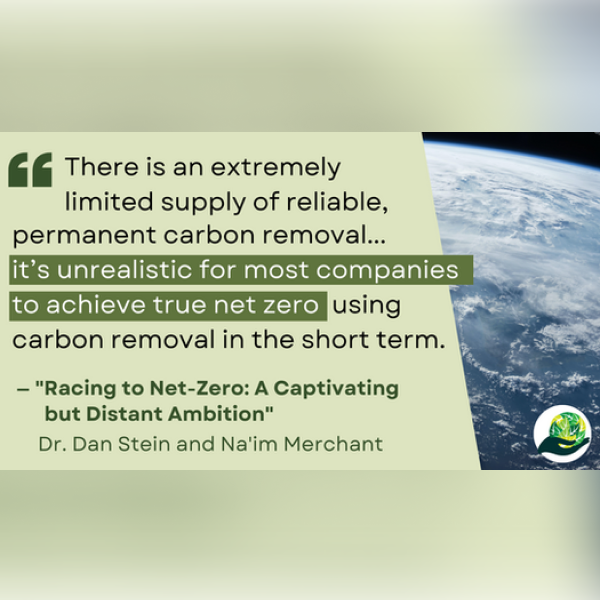
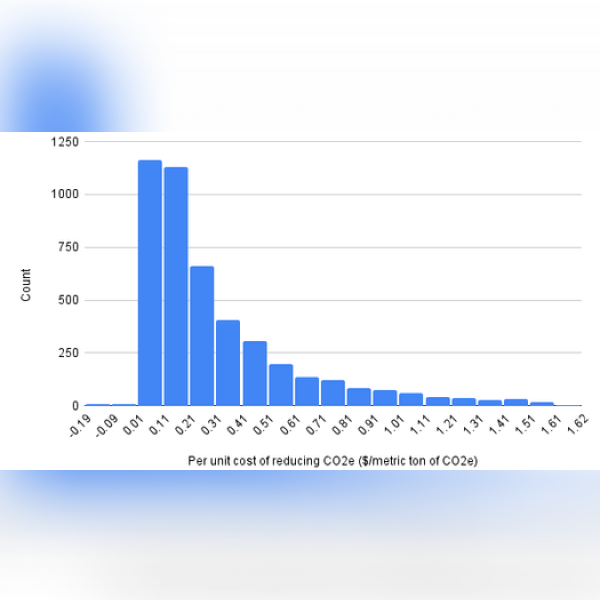

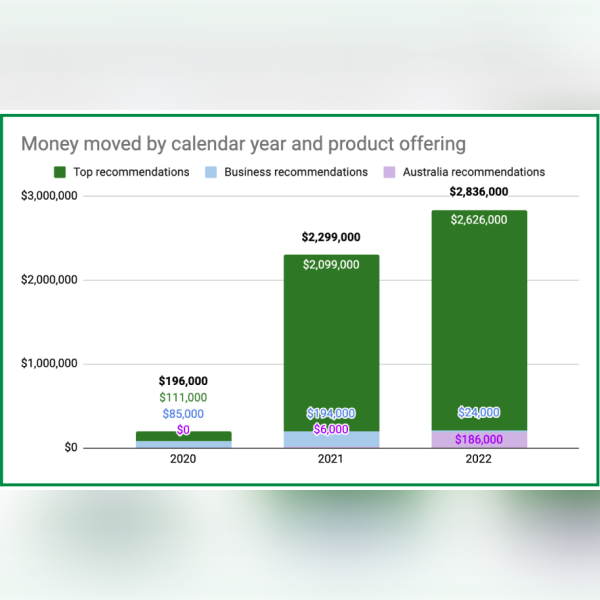
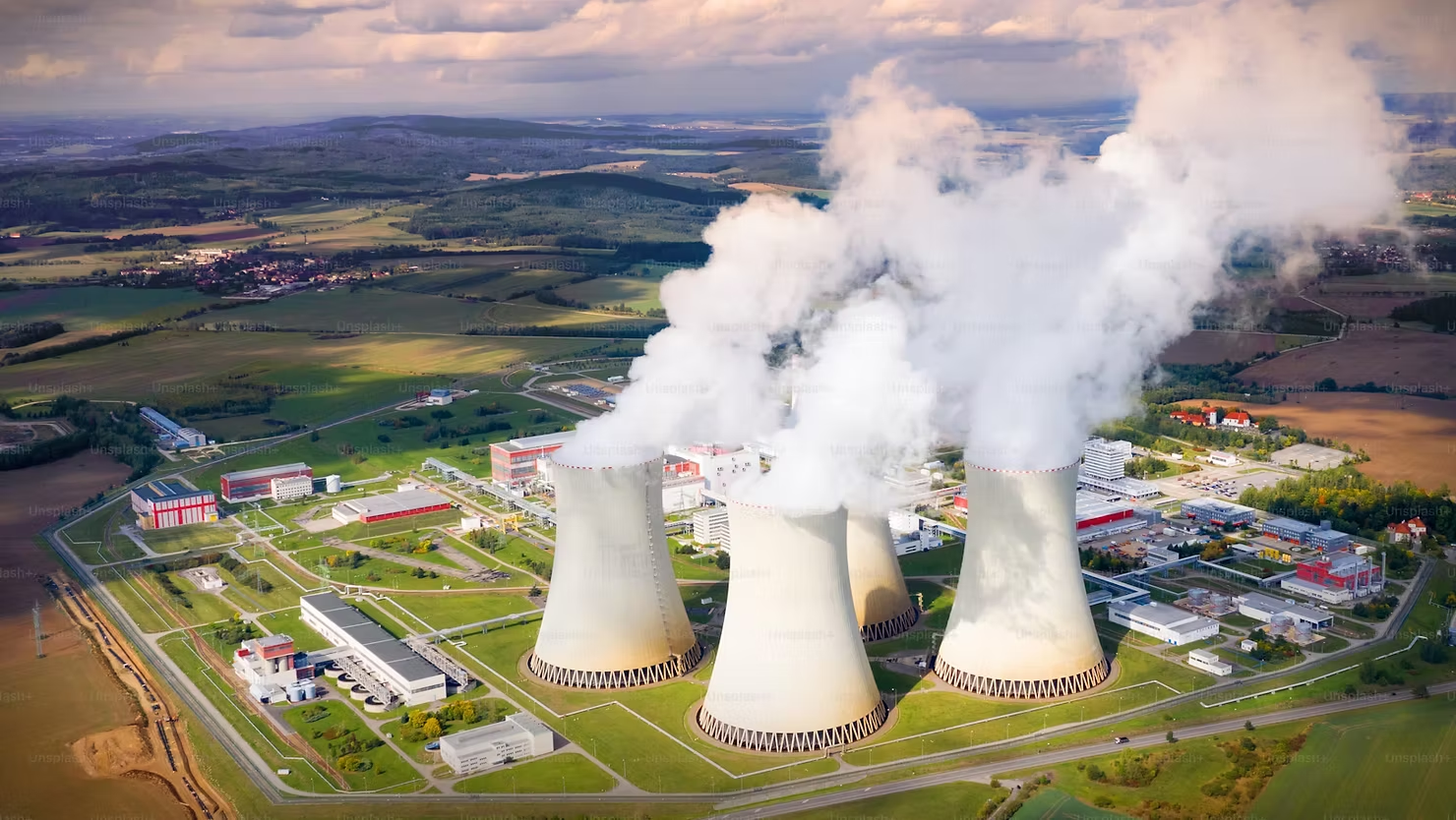


.png)

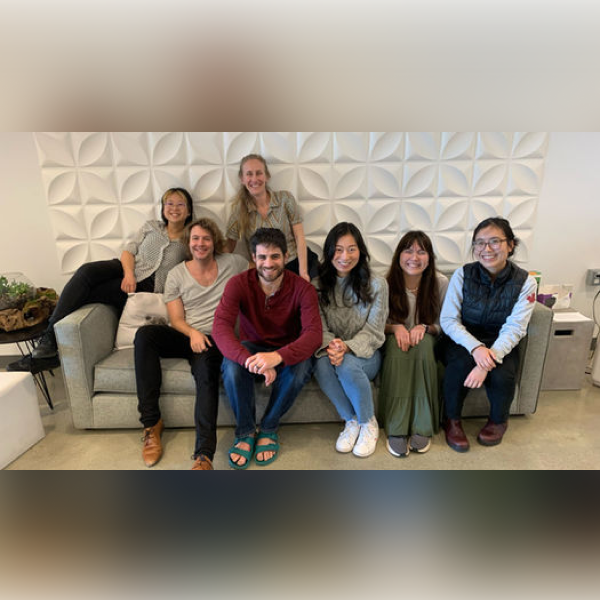







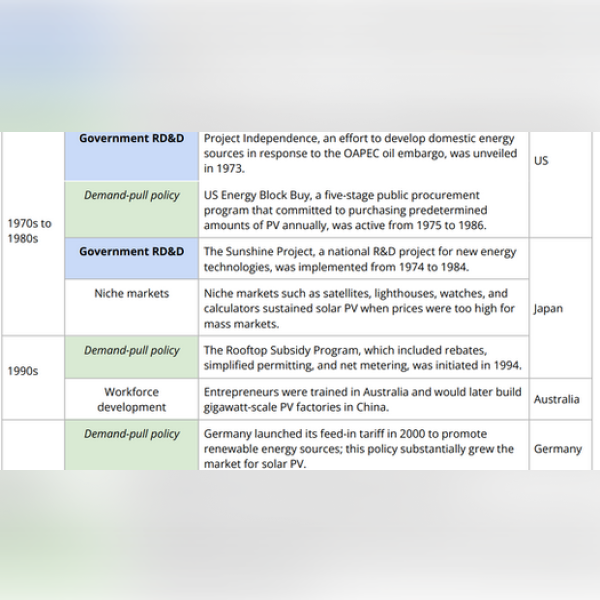



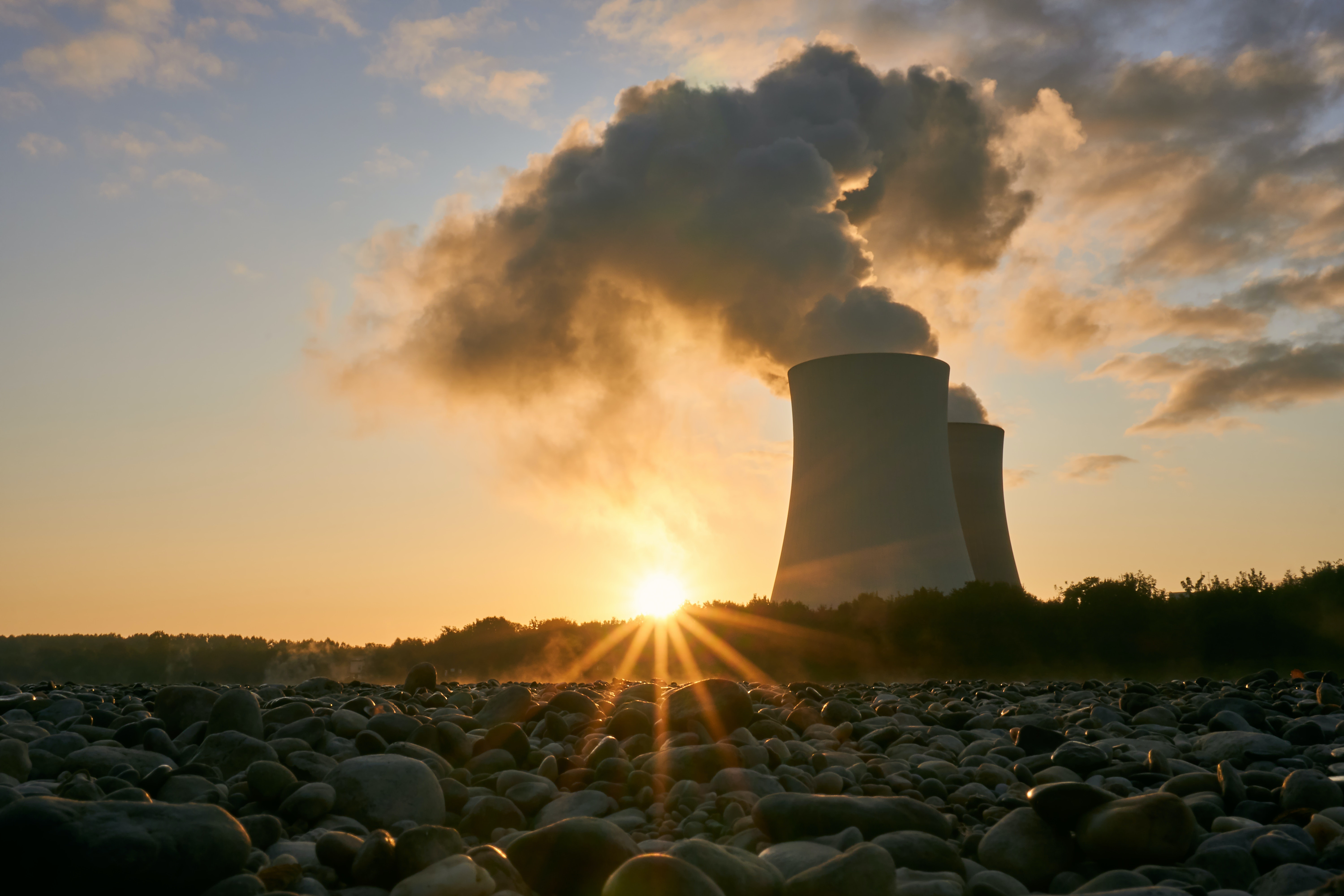

.png)


.png)

.png)




